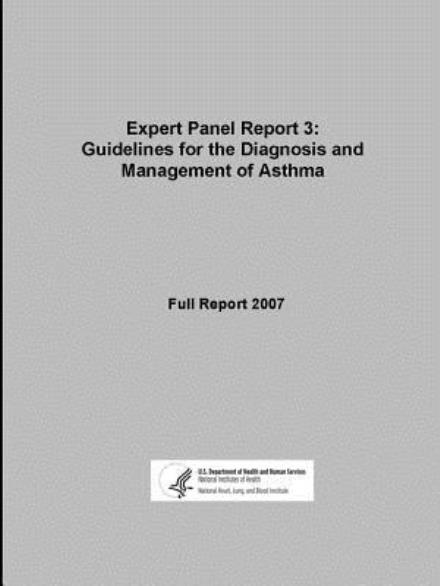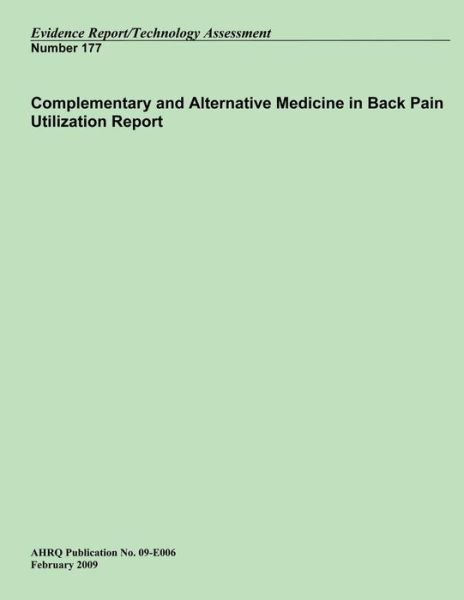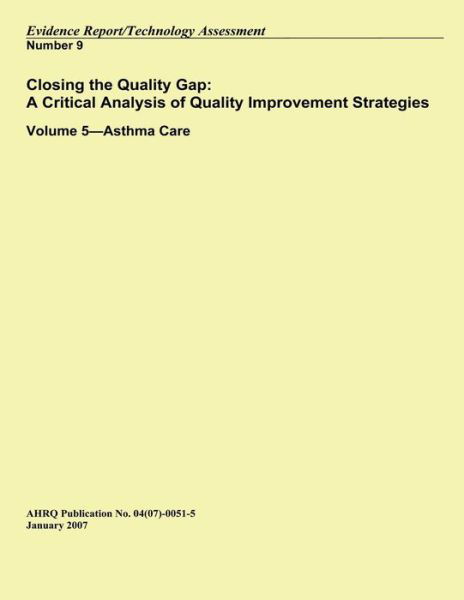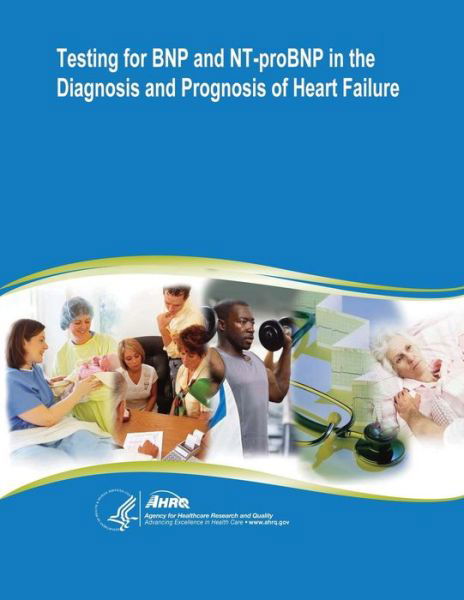
Tell your friends about this item:
Management of Adnexal Mass: Evidence Report / Technology Assessment Number 130
U S Department of Healt Human Services
Management of Adnexal Mass: Evidence Report / Technology Assessment Number 130
U S Department of Healt Human Services
Publisher Marketing: Ovarian cancer is the leading cause of cancer death from gynecologic malignancies in the United States, with an annual incidence of over 25,000 and an annual mortality of approximately 14,000. Cancer incidence increases dramatically with age. The high case-fatality rate has largely been attributed to the fact that most ovarian cancers are diagnosed in advanced stages (Stage III, where the cancer has spread beyond the pelvis to organs of the upper abdominal cavity, and Stage IV, where the cancer has spread outside of the peritoneal cavity), when survival is poor. Stage I cancer (limited to the ovaries) has a survival rate of over 90 percent. Thus, there has long been an emphasis on early detection of ovarian cancer in the belief that detection in early stages will lead to decreases in morbidity and mortality. The detection of a mass in the area of the ovaries and fallopian tubes (the uterine adnexae) raises the possibility of ovarian cancer, which necessitates further study to rule out malignancy. There are two main clinical routes by which an adnexal mass may be detected: (1) women with symptoms may have an adnexal mass detected as part of their evaluation for those symptoms, either by physical exam or radiographic imaging; (2) the mass may be detected during bimanual pelvic examination or radiologic imaging as part of a routine health maintenance examination. For the purposes of this evidence report, we define an adnexal mass as an enlarged structure in the uterine adnexa that can either be palpated on a bimanual pelvic examination or visualized using radiographic imaging. There are a number of conditions that can be associated with an adnexal mass. These include malignancies arising from the ovary and fallopian tube, or metastatic disease from another site (such as the breast or gastrointestinal tract), as well as a wide range of benign conditions. For the purposes of this evidence report, "management" of the adnexal mass refers to the process by which a mass is ultimately classified as benign or malignant. The clinical significance of discriminating benign from malignant masses differs depending on the clinical setting in which the mass is initially detected. For women with symptoms, in whom surgical management may be appropriate whether or not the mass is malignant, the main reason to discriminate between benign and malignant lesions is to facilitate referral and management by clinicians who have specialized training and experience in managing ovarian malignancy, with improved outcomes. For asymptomatic women, discriminating benign from malignant disease is important both to ensure appropriate management in the setting of malignancy, but also to avoid unnecessary diagnostic procedures, including surgery, in women with asymptomatic, nonmalignant conditions. The prevalence of malignancy may differ between women with symptomatic and asymptomatic masses, which may in turn affect the positive and negative predictive value of a test, and, potentially, sensitivity and specificity as well. Prevalence also varies with age and with family history. This report focuses on the evidence relevant to establishing the most appropriate way to distinguish benign from malignant adnexal masses in both symptomatic and asymptomatic women. A key consideration throughout the report will be the underlying likelihood of malignancy in the populations studied, and the impact of this prevalence on the interpretation of the results of the reviewed studies. The results of this report are intended primarily to (a) provide a resource for clinicians and policymakers developing guidelines on management of adnexal masses, and (b) provide a resource for researchers and funding agencies in identifying gaps in our knowledge and research priorities.
| Media | Books Paperback Book (Book with soft cover and glued back) |
| Released | May 30, 2014 |
| ISBN13 | 9781499725872 |
| Publishers | Createspace |
| Pages | 536 |
| Dimensions | 216 × 279 × 27 mm · 1.23 kg |

































